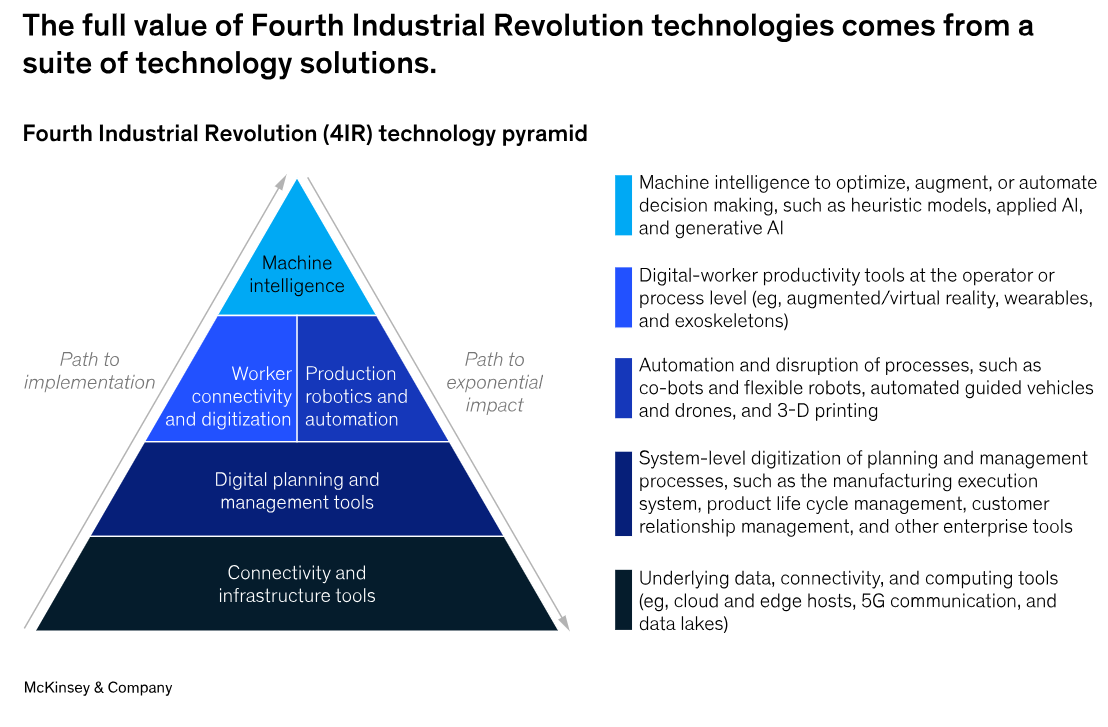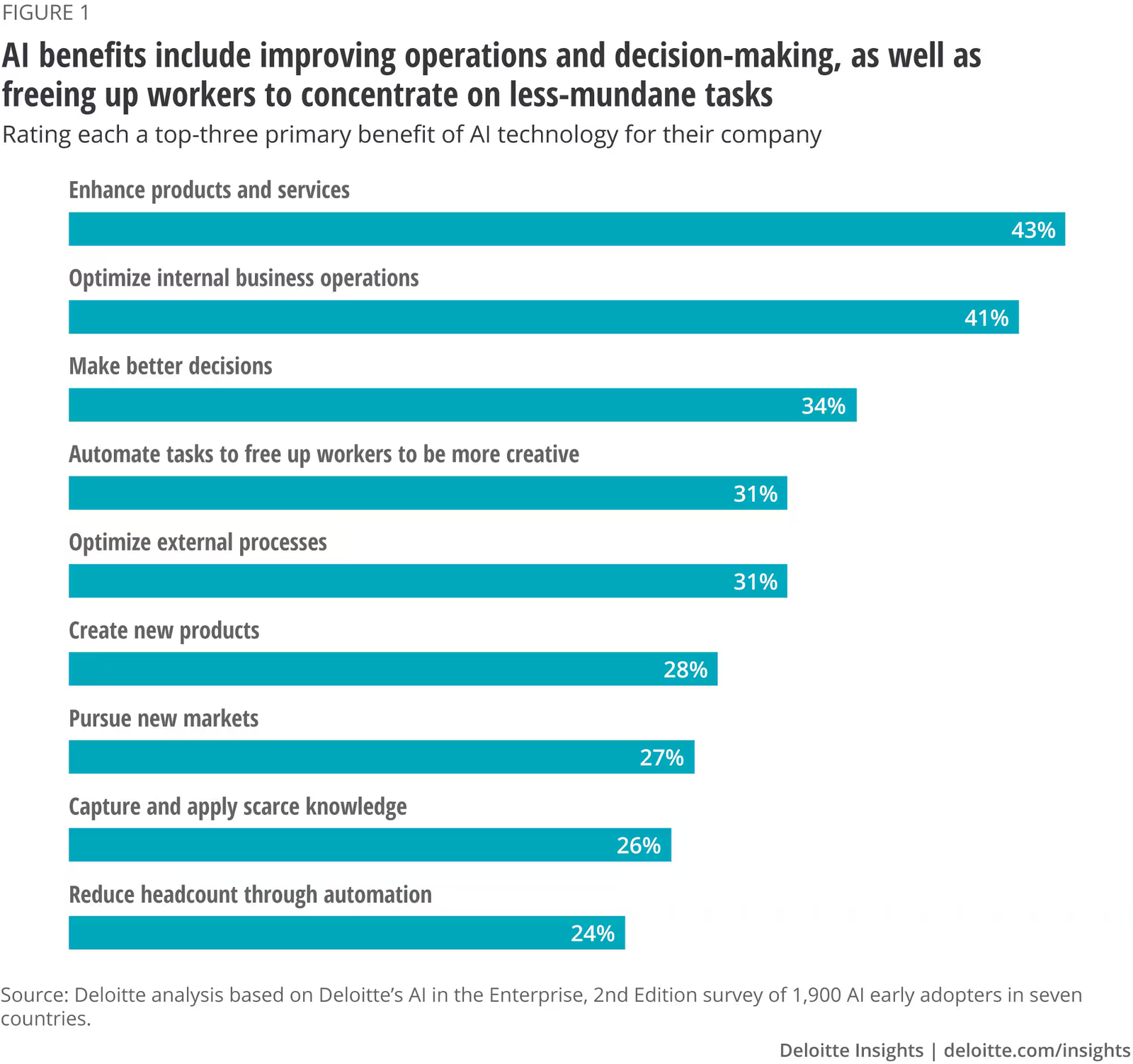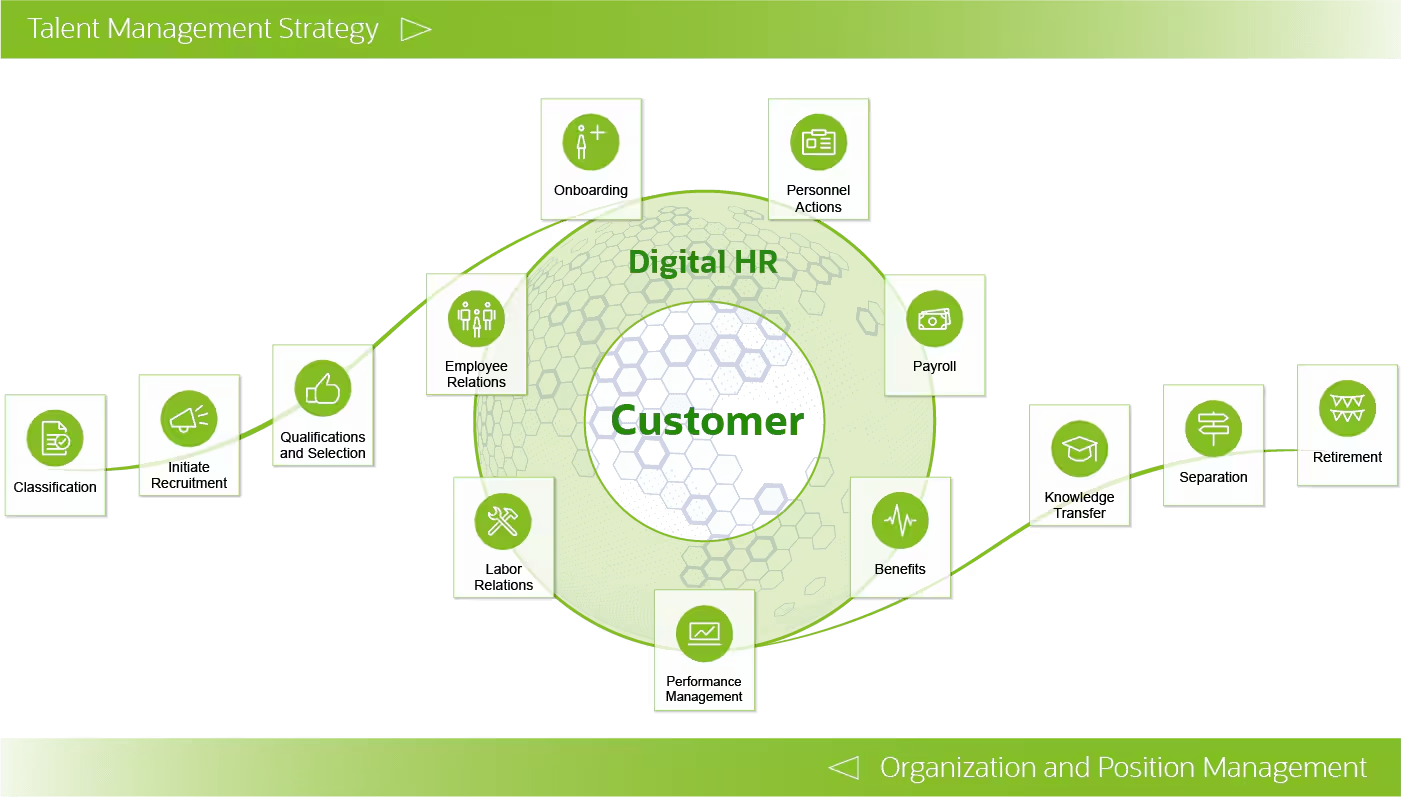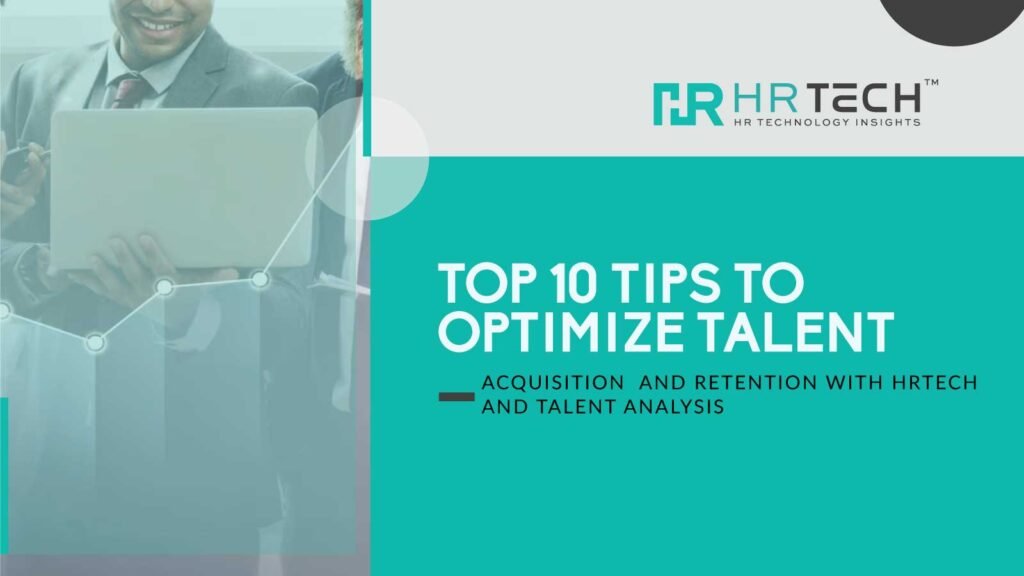The world is constantly, driven by rapid technological advancements and societal shifts. As a result, businesses are facing unprecedented challenges and opportunities. Organizations must prioritize innovation, adaptability, and a deep understanding of their customers to navigate this complex landscape. This introduction will explore the key trends shaping the modern business environment and discuss strategies for success in the face of these challenges. Harnessing the power of HR technology and talent analysis can significantly enhance your ability to attract, hire, and retain top-tier talent. Here are ten actionable tips to optimize your talent acquisition and retention strategies:

Source: McKinsey
HR Technology Insights: ISG to Assess Providers of HR Outsourcing Services
1. Leverage AI-Powered Applicant Tracking Systems (ATS)
In today’s HR tech world, efficient and effective talent acquisition is crucial for organizational success. AI-powered Applicant Tracking Systems (ATS) offers a transformative solution. These systems streamline the recruitment process by automating many manual tasks, saving time and resources. Leveraging AI-powered applicant tracking systems (ATS) will help automate resume screening, enhance candidate sourcing, improve candidate engagement, and gain data-driven insights.
ATS can automate communication with candidates, providing timely updates and personalized experiences. AI can analyze recruitment data to identify trends, measure the effectiveness of hiring strategies, and make informed decisions.

Source: Deloitte
By leveraging AI-powered ATS, organizations can significantly improve the quality and efficiency of their talent acquisition efforts, ultimately leading to better hiring decisions and a stronger workforce.
HR Technology Insights: Report: In the War for Talent, Companies Are Embracing Dynamic Total Rewards
2. Utilize Predictive Analytics for Candidate Sourcing
Predictive analytics, a subset of data mining, leverages historical data and statistical models to predict future outcomes. When applied to talent acquisition, predictive analytics can revolutionize the sourcing process. By analyzing vast amounts of data, organizations can identify high-potential candidates and optimize their sourcing efforts. It helps targeted sourcing, personalized outreach, and skill gap analysis and will reduce time-to-hire. Using AI to optimize talent acquisition and retention with HRtech will save HR time, which could be utilized to achieve other organizational goals. The predictive analytics into their talent acquisition strategies, organizations can make data-driven decisions, attract top talent, and improve overall hiring efficiency.
3. Employ Talent Analytics to Optimize Hiring Decisions
Talent analytics plays a crucial role in optimizing talent acquisition and retention with HRtech and talent analysis, a data-driven approach to measuring and analyzing human capital, provides valuable insights into the effectiveness of hiring practices. By tracking key metrics and evaluating return on investment (ROI), organizations can optimize their hiring decisions and improve overall talent management. It benefits the organization in making data-driven decisions, improving hiring efficiency, improving candidate quality, optimizing recruitment strategies, and offering enhanced ROI.
4. Implement Gamified Assessments for Candidate Engagement
Gamified assessments offer a more engaging and interactive approach to evaluating candidates’ skills and cultural fit. By incorporating game-like elements into the assessment process, organizations can create a more positive and memorable candidate experience. Implementing gamified assessments will make the process interactive offering enhanced candidate experience, improved candidate assessment, and identification of hidden talents, and will help reduce bias in the corporate world.
By implementing gamified assessments, organizations can create a more engaging and effective candidate experience, while also improving the quality of their hires.
5. Foster a Data-Driven Employee Experience
A data-driven approach to employee experience can provide valuable insights into employee satisfaction, engagement, and well-being. By collecting and analyzing employee feedback, organizations can identify areas for improvement and create a more positive and supportive workplace. It helps an organization offer data-driven decision-making, improved employee engagement, enhanced employee well-being, and optimizing employee programs. Companies such as Netflix, Google, Coca-Cola, and DBS Bank use data-driven employee experience to optimize talent acquisition and retention with HRtech.
By fostering a data-driven employee experience, organizations can create a more positive and supportive workplace, leading to increased employee engagement, productivity, and retention.
6. Leverage Learning Management Systems (LMS) for Continuous Development
Learning Management Systems (LMS) offer a powerful tool for organizations to support employee development and growth. By providing personalized training and tracking employee progress, LMS can help individuals achieve their career goals and contribute to the organization’s success. LMS system helps the organization offer personalized learning for employees, skill development, improved performance, and saves time of the HR.

Source: Deloitte
HR Technology Insights: Papaya Global Launches AI-Powered Solutions for Global Workforce Management
7. Utilize Performance Management Tools for Effective Feedback
Effective performance management is essential for employee development and organizational success. By providing timely feedback and coaching, organizations can help employees improve their performance and achieve their goals. The key benefits of performance management tools are:
- Real-time feedback
- Goal tracking
- Enhanced employee development
- Improved employee engagement
8. Optimize Compensation and Benefits Packages
Competitive salary and benefits packages are essential for attracting and retaining top talent. By regularly benchmarking compensation and benefits and offering personalized rewards, organizations can create a more attractive and rewarding work environment. Attracting top talent, retaining the best employees, enhancing employee satisfaction, and improving employee engagement are some of the benefits of optimizing compensation and benefits packages in the HRtech industry.
9. Prioritize Employee Engagement and Well-being
A positive and supportive work environment is essential for employee engagement and well-being. By creating a culture that values employee well-being and offering employee assistance programs, organizations can help employees address personal and professional challenges.
Benefits of prioritizing employee engagement and well-being include:
- Increased productivity: Engaged and happy employees are more likely to be productive and effective.
- Reduced turnover: A positive work environment can help reduce employee turnover and improve retention.
- Enhanced employee morale: A supportive and inclusive culture can boost employee morale and job satisfaction.
- Improved company reputation: Organizations with a positive reputation for employee well-being are more likely to attract and retain top talent.
10. Measure and Improve Retention Rates
Employee retention is a critical aspect of talent management. By tracking turnover rates and identifying factors contributing to employee departures, organizations can develop strategies to improve employee satisfaction and reduce turnover.
By effectively leveraging HR technology and talent analysis, organizations can create a more efficient, effective, and engaging talent acquisition and retention process, driving organizational success.
Conclusion
By strategically leveraging HRTech and talent analysis, organizations can optimize their talent acquisition and retention efforts. Through automation, data-driven insights, and a focus on candidate and employee experience, companies can attract top talent, reduce turnover, and create a high-performing workforce. By continuously measuring and analyzing results, organizations can refine their strategies and ensure ongoing success in the competitive job market.
HR Technology Insights: TalentAlly Partners with AI Geo to Offer Free AI-Powered Interview Practice
To share your insights, please write to us at news@intentamplify.com



